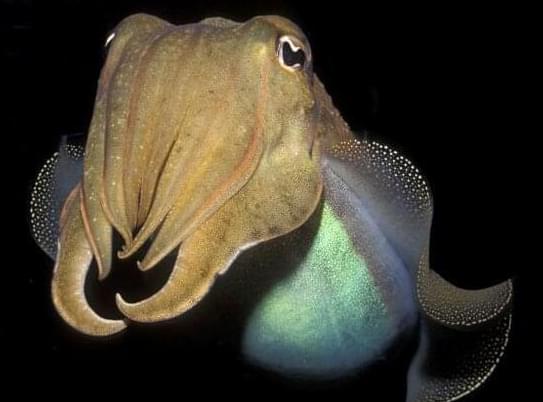Nov 20, 2023
The catastrophic rise of insect farming and its implications for future efforts to reduce suffering
Posted by Kelvin Dafiaghor in categories: food, futurism
On the 17th of August 2021, the EU authorized the use of insects as feed for farmed animals such as chickens and pigs. This was a disastrous decision for sentient beings, as it may greatly increase the number of beings who will suffer in animal agriculture. Sadly, this was just one in a series of disastrous decisions that the EU has made regarding insect farming in the last couple of years. Most recently, in February 2022, they authorized the farming of house crickets for human consumption, after having made similar decisions for the farming of mealworms and migratory locusts in 2021.
Many such catastrophic decisions probably lie ahead, seeing that the EU is currently reviewing applications for the farming of nine additional kinds of insects. This brief posts reviews some reflections and potential lessons in light of these harmful legislative decisions.


















